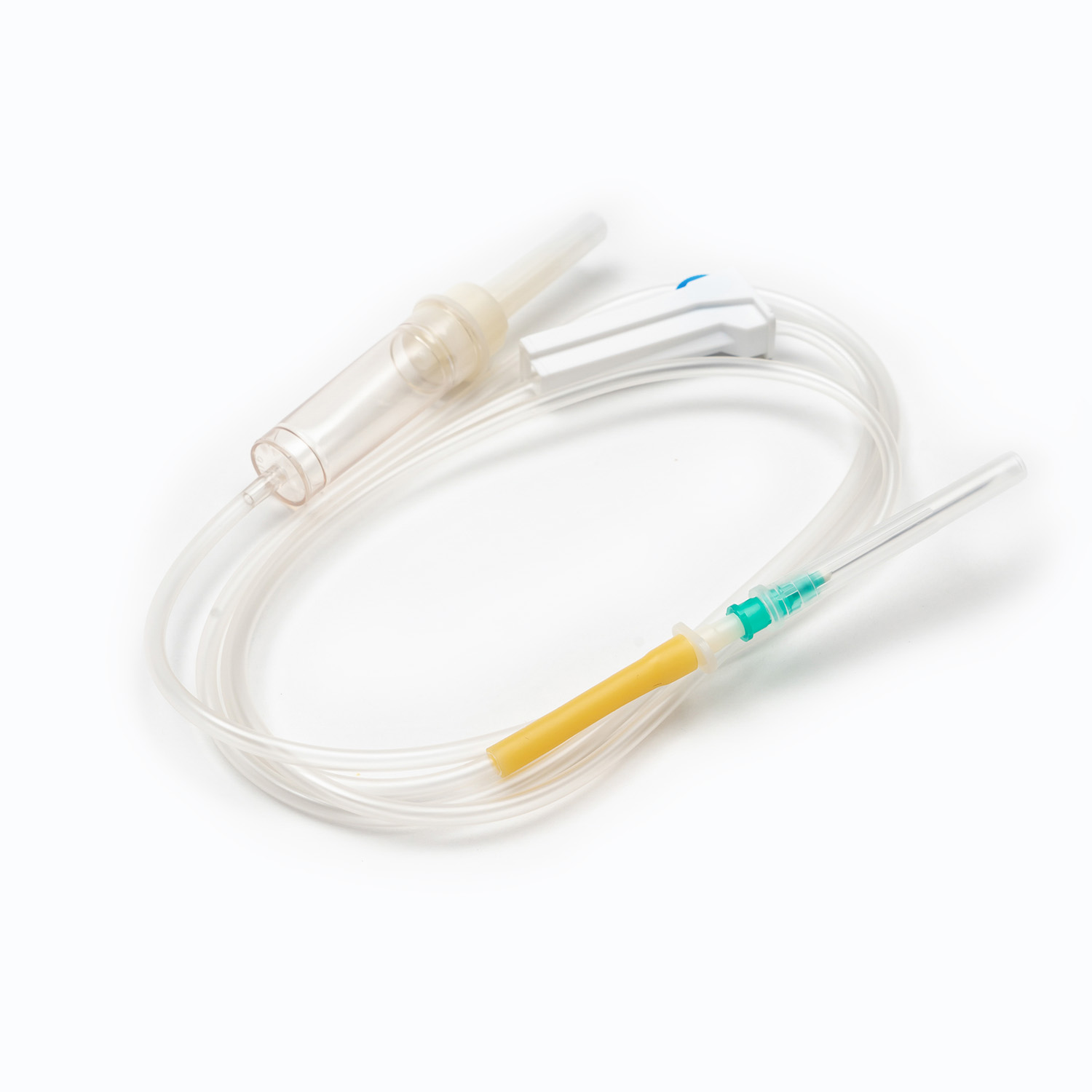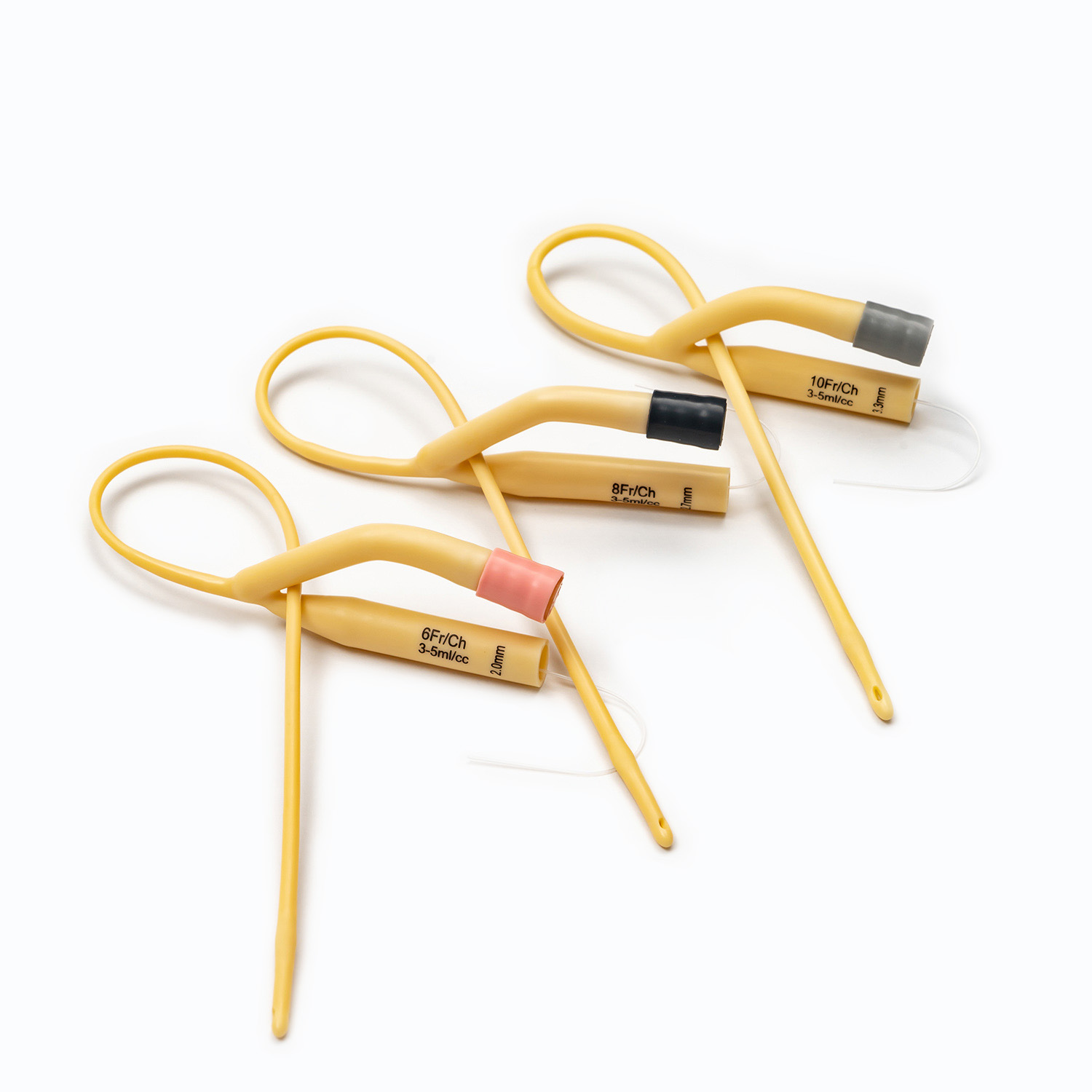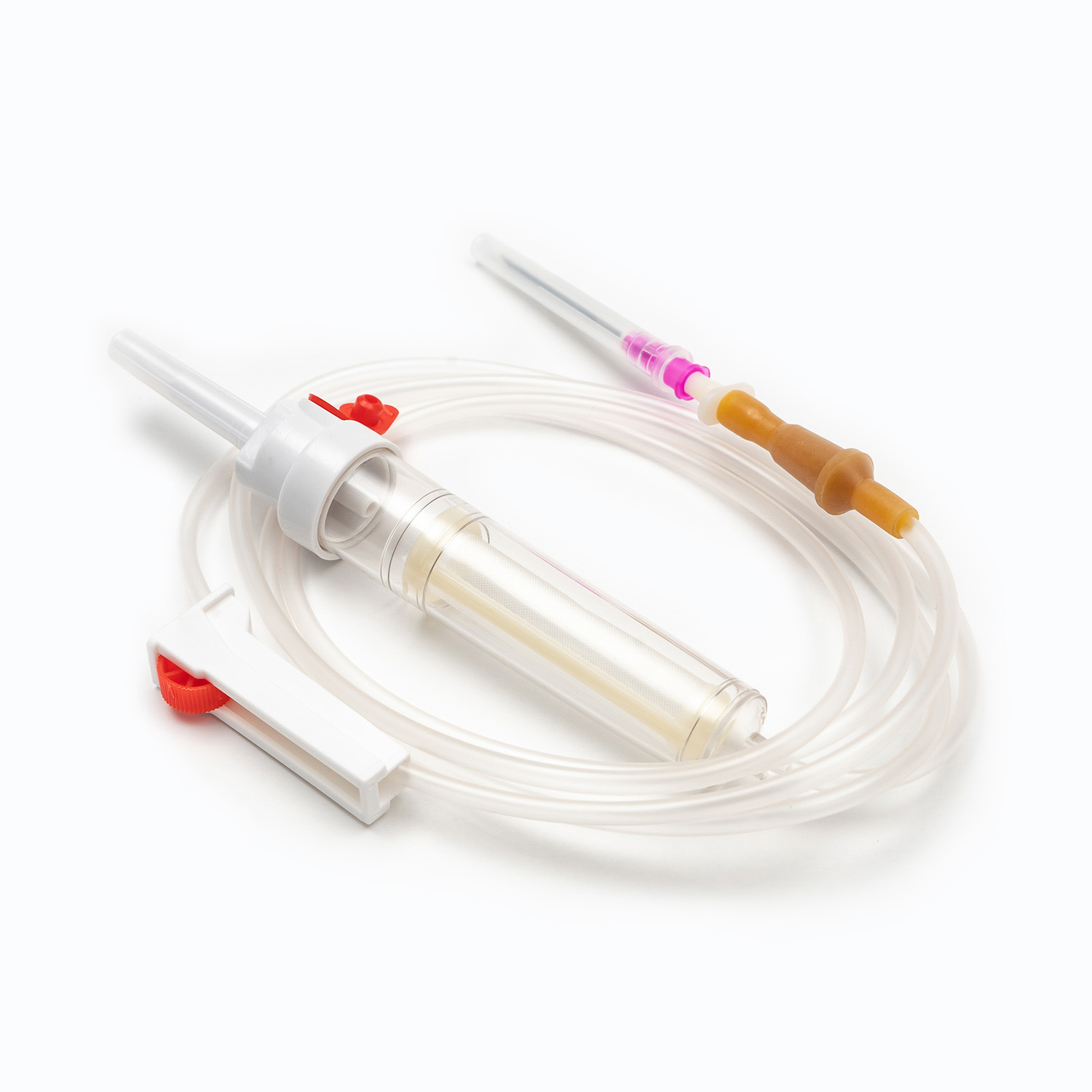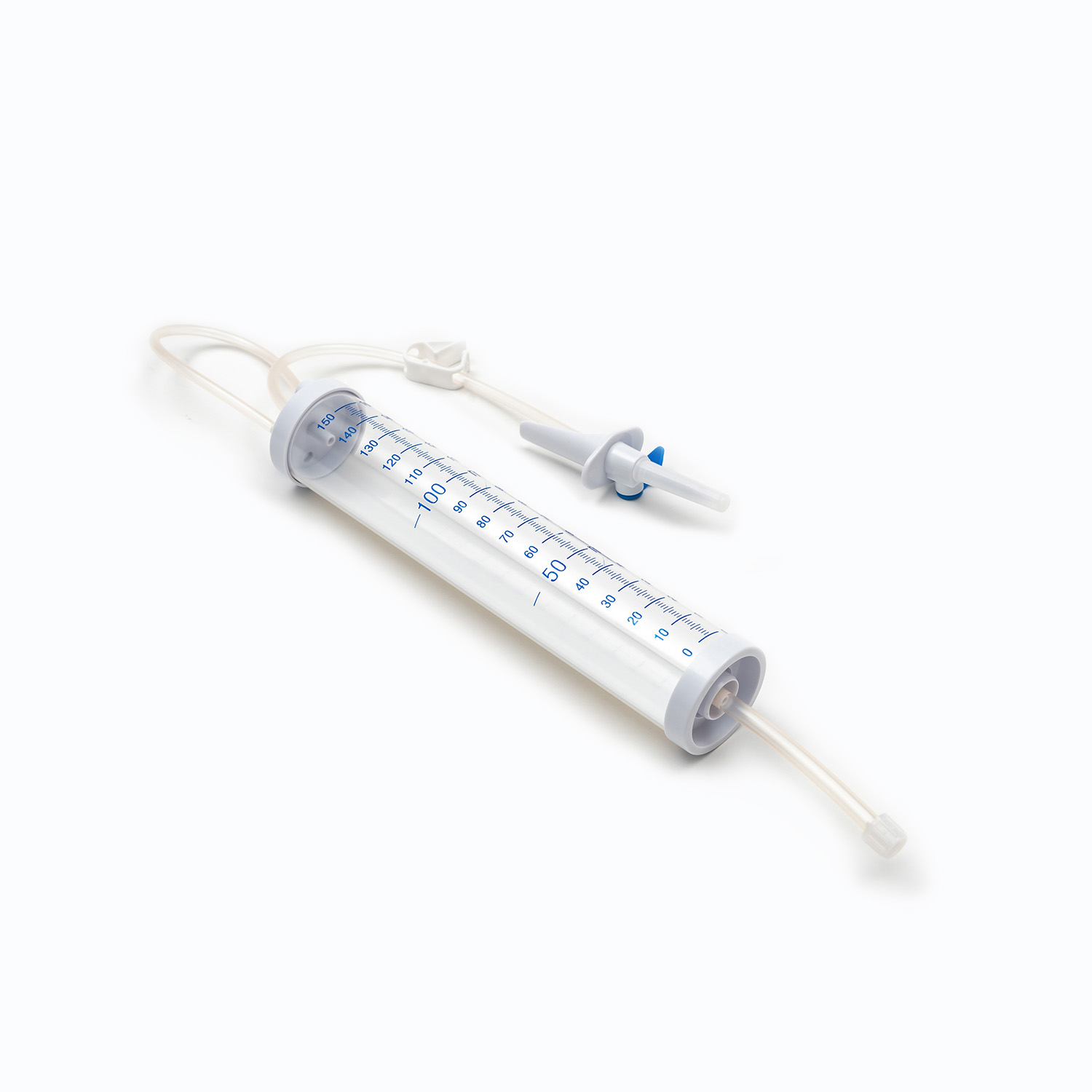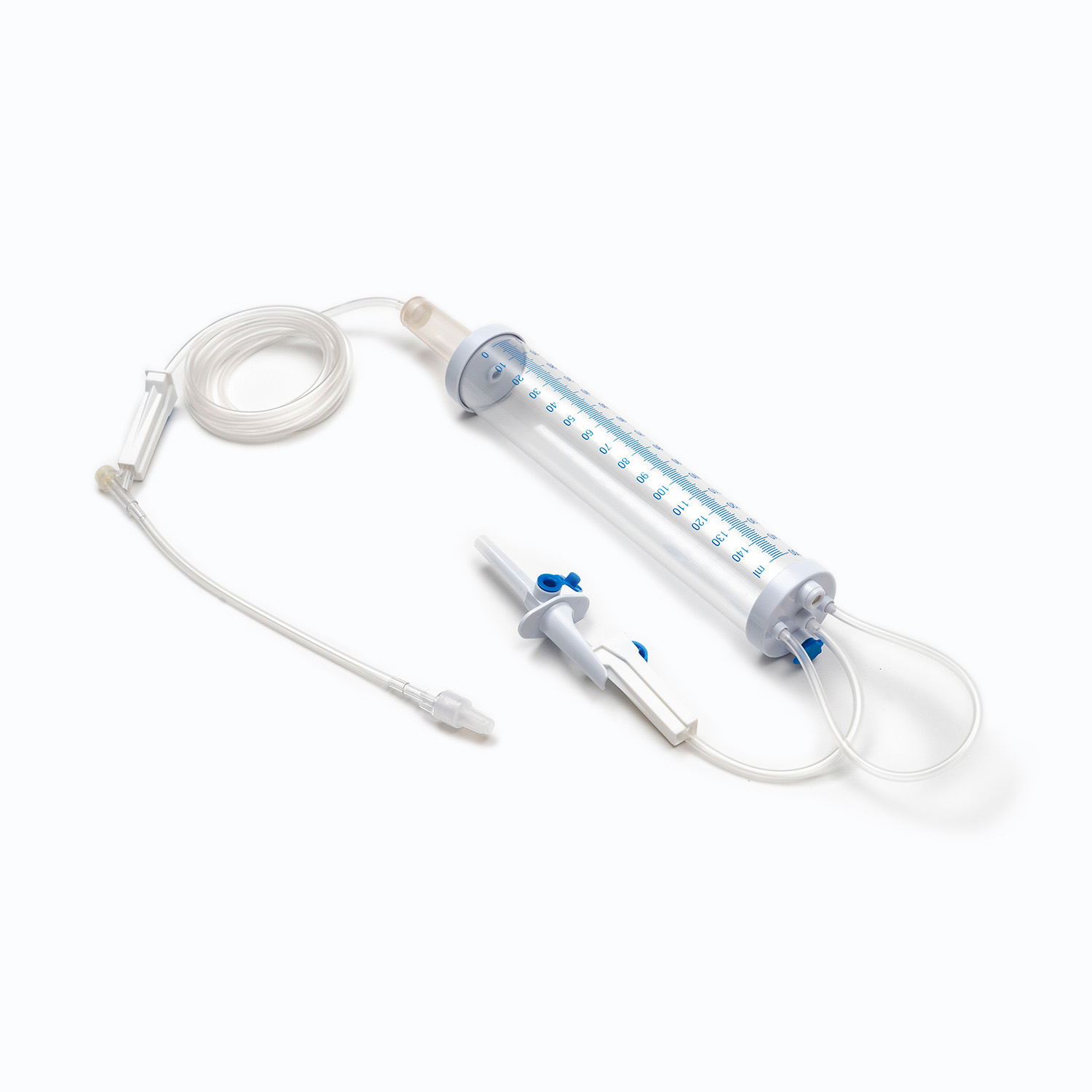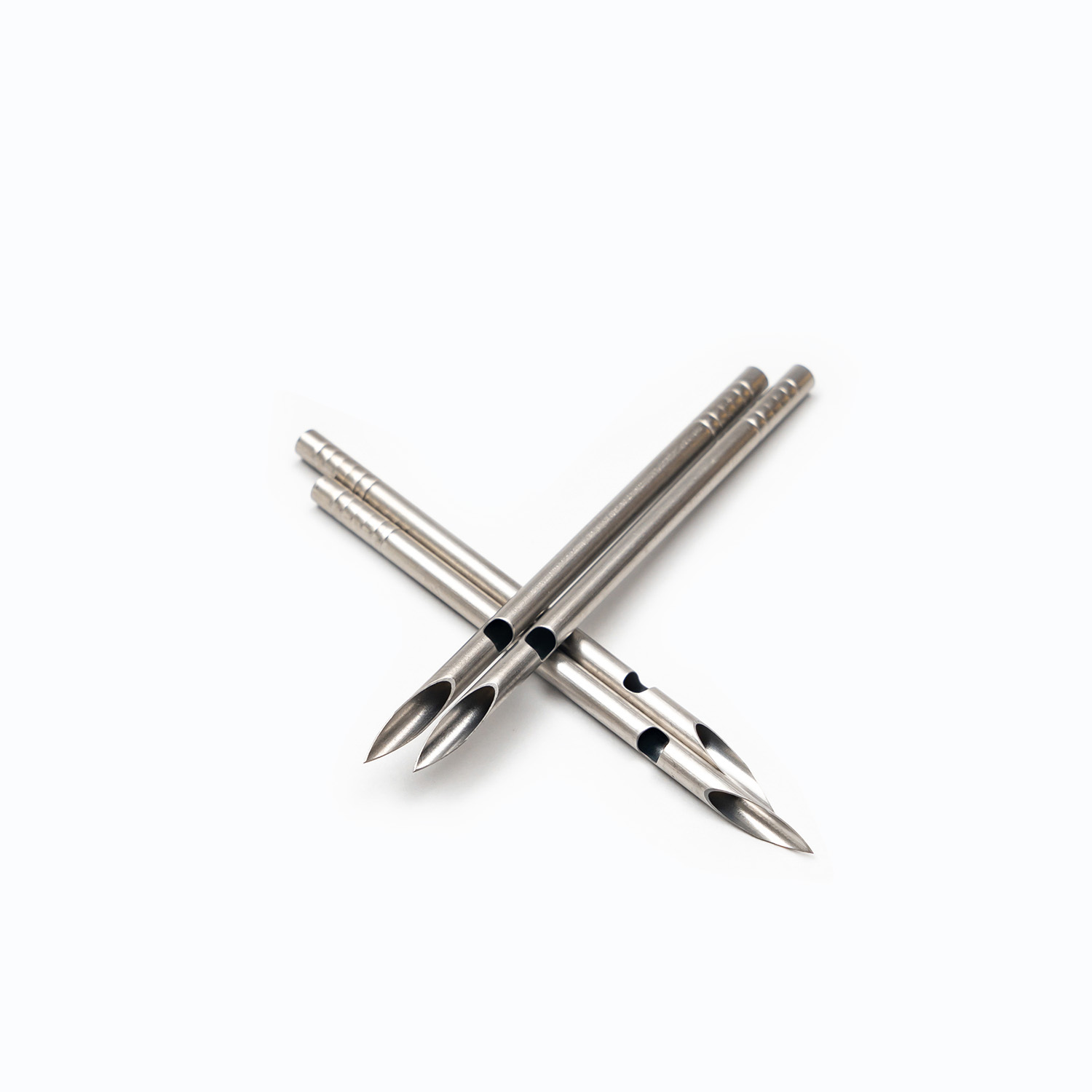The Lancet: How can we not admire its wide application in surgical operations?
Jun 15,2024
In the medical field, surgery is one of the important means of treating and saving lives. In this field, the lancet has become an indispensable surgical tool for doctors with its unique design and excellent performance. It plays a pivotal role in surgery with its sharp blade, fine manipulation and wide range of applications.
The lancet, whose blade is shaped like a willow leaf, is slender and curved. This design allows the lancet to easily enter narrow surgical spaces, such as the abdominal cavity and thoracic cavity, providing doctors with a larger operating space. The lancet has a sharp blade and can cut tissue quickly and accurately, reducing surgical time and patient pain. The handle of the lancet is usually ergonomically designed, allowing doctors to maintain a comfortable and stable grip during long operations.
In surgery, skin cutting is the first step. The lancet can cut the skin quickly and accurately, creating convenience for subsequent surgical operations. When it is necessary to peel off tissue, the lancet can easily enter a narrow space with its unique curved design, perform delicate peeling operations, and reduce damage to surrounding tissues.
The application of lancets is particularly important in vascular and neurological surgery. Due to its fine manipulation and sharp blade, the lancet can accurately cut and suture blood vessels to ensure the success of the operation. At the same time, in neurosurgery, the lancet can help doctors accurately remove diseased tissue, reduce damage to surrounding healthy nerve tissue, and improve the success rate of surgery and the survival rate of patients.
In cardiac surgery, the lancet plays an extremely important role. The heart is one of the most important organs in the human body, and cardiac surgery requires extremely high precision and stability. The sharpness and flexibility of the lancet allow it to perform delicate operations in a tiny surgical space, such as suturing heart vessels and removing diseased tissue. With the development of minimally invasive surgery, lancets have also been widely used in minimally invasive surgery. Minimally invasive surgery is performed through tiny incisions, reducing trauma and recovery time to patients. The lancet can play its advantages of fine manipulation in minimally invasive surgery to ensure the accuracy and safety of the operation.
In otolaryngology surgery, the lancet also plays an important role. For example, in laryngeal surgery, the lancet can assist doctors in precise cutting and suturing operations; in sinus surgery, the lancet can easily enter the narrow nasal space for delicate stripping and resection operations; in mastoid surgery, the lancet can reduce the operation time and bleeding and improve the efficiency of the operation.
With the continuous development of medical technology, the lancet is also constantly improving and innovating. In the future, we can expect the emergence of more intelligent and humanized lancets. For example, by introducing advanced sensors and control systems, the lancet can achieve more precise and stable operations; by adopting more advanced materials and technologies, the lancet can be more durable and lightweight. These improvements will further improve the application effect of the lancet in surgical operations and provide doctors with more convenient and efficient surgical tools.
As a precise partner in surgical operations, the lancet plays an important role in surgical operations with its unique design and excellent performance. In the future, with the continuous advancement and innovation of medical technology, the lancet will continue to accompany doctors through one operating table after another and contribute more to the health of mankind.



 English
English Français
Français русский
русский Español
Español





